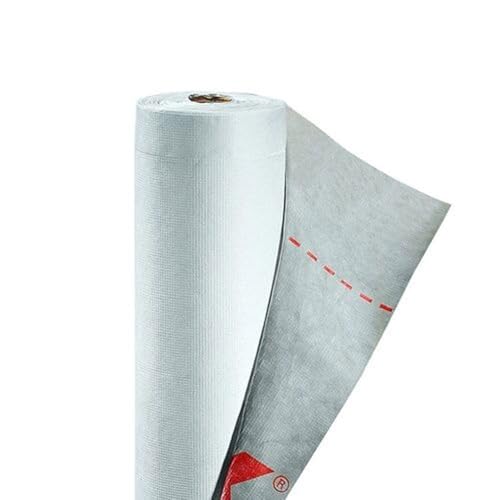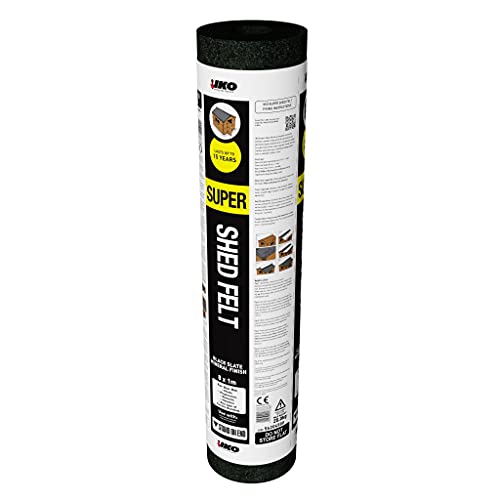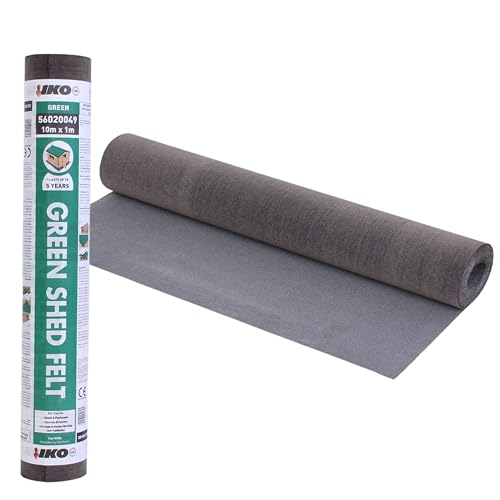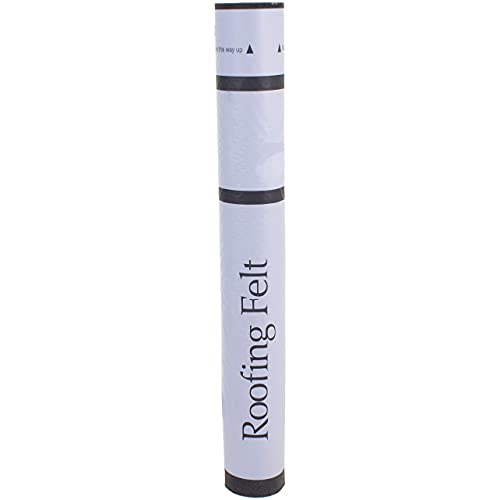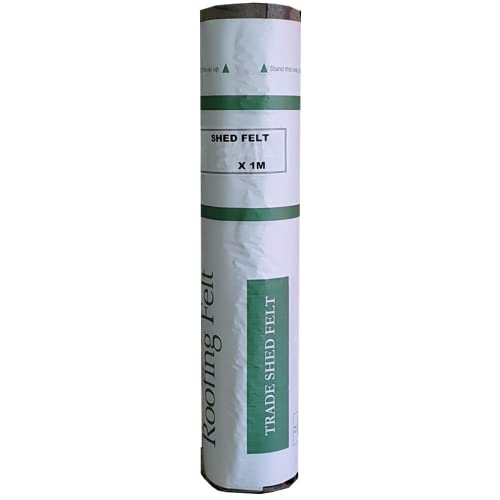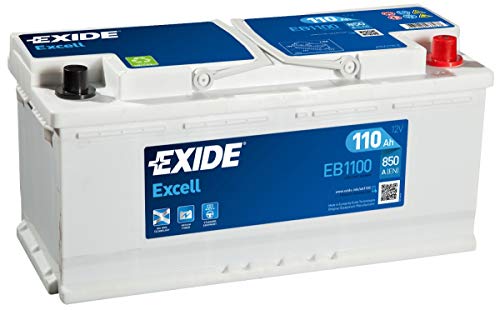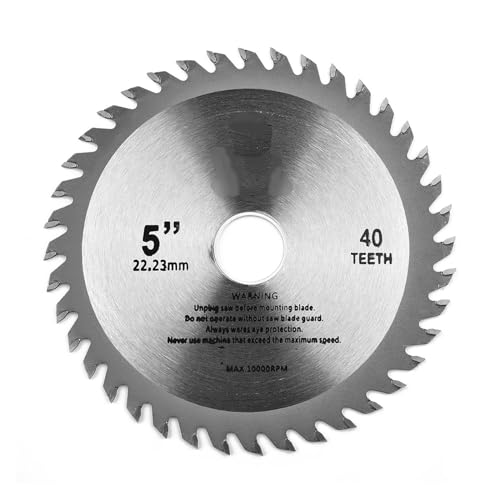Understanding Roofing Felt: What It Is and Why It Matters
What Is Roofing Felt?
Roofing felt is a vital material used in the construction of roofs, acting as a protective barrier between your roof structure and the elements. It typically consists of a fibrous substrate, often made of felt, that is saturated with asphalt. This makes it water-resistant, assisting in keeping your roof safe from leaks and moisture damage. Imagine your roof as a shield against rain, snow, and wind – roofing felt is like the secret layer that fortifies this shield, ensuring that your home stays dry and secure.
Why Should We Care About Roofing Felt?
Understanding roofing felt is crucial if we want to prolong the life of our roof. Without it, our roofs are susceptible to water damage, which can lead to costly repairs or even structural issues over time. When we think about the potential impacts of heavy rain or snow, having this protective layer can save us from worrying about leaks and the associated hassle of repairs.
Different Types of Roofing Felt: Choosing the Right One for Your Needs
Asphalt-Impregnated Felt
Among the most common types of roofing felt, asphalt-impregnated felt is notable for its durability and cost-effectiveness. It comes in two varieties: organic and fiberglass. While organic felt is made with a base of recycled paper, fiberglass felt provides enhanced moisture resistance and is more compatible with modern roofing materials. Depending on your roofing project, either type can serve your needs well.
Synthetic Roofing Felt
For those looking for a more modern solution, synthetic roofing felt, crafted from durable polypropylene or polyethylene, offers excellent resistance to tearing and fading. It’s lightweight, easy to handle, and typically boasts superior water resistance compared to traditional felt. As we consider longevity and performance under harsh weather, synthetic felt might be the better choice if we are in areas prone to severe conditions.
How to Install Roofing Felt: A Simple Step-by-Step Guide
Preparation: Gathering Materials and Tools
Before we even think about installation, we need to gather all necessary materials and tools. Ensure we have roofing felt, roofing nails, a utility knife, and a staple gun. A clean surface is essential, so we should clear our roof of any debris to facilitate an easier installation process.
Step-by-Step Installation Process
Begin by rolling out the roofing felt along the roof’s lower edge, allowing it to extend beyond the eaves slightly. Secure it in place with roofing nails, placing them every few inches at the edges. As we move up the roof, overlap each row of felt by at least 4 inches to ensure water runs off properly. Throughout this process, using the utility knife to trim excess felt is key to a neat finish.
Caring for Your Roofing Felt: Tips for Longevity and Effectiveness
Routine Inspections
To ensure our roofing felt remains effective, we should incorporate routine inspections, especially after severe weather events. Keeping an eye out for punctures, tears, or any signs of wear is crucial. Catching issues early can prevent more significant problems down the line.
Regular Maintenance
Maintaining clear gutters and drainage systems will also extend the lifespan of our roofing felt. When debris accumulates, it can cause water to pool, increasing the risk of leaks. Regularly cleaning gutters will ensure that water flows freely off the roof, preserving the integrity of our roofing felt.
Best Practices for Buying Roofing Felt: What to Look for and Where to Shop
Quality over Price
When we set out to buy roofing felt, prioritising quality over the price tag is a wise approach. While it may be tempting to opt for the cheapest option available, investing in high-quality materials will save us money in the long run. Look for products that offer durability and the right type for our specific roof conditions.
Where to Buy Roofing Felt
Local building supply stores often carry a range of roofing felt options, allowing us to physically inspect materials before purchasing. Online retailers can offer competitive prices and a broader selection. Whichever route we take, always ensure that the felt is suitable for our needs, whether that’s resistance to moisture, UV protection, or durability.
